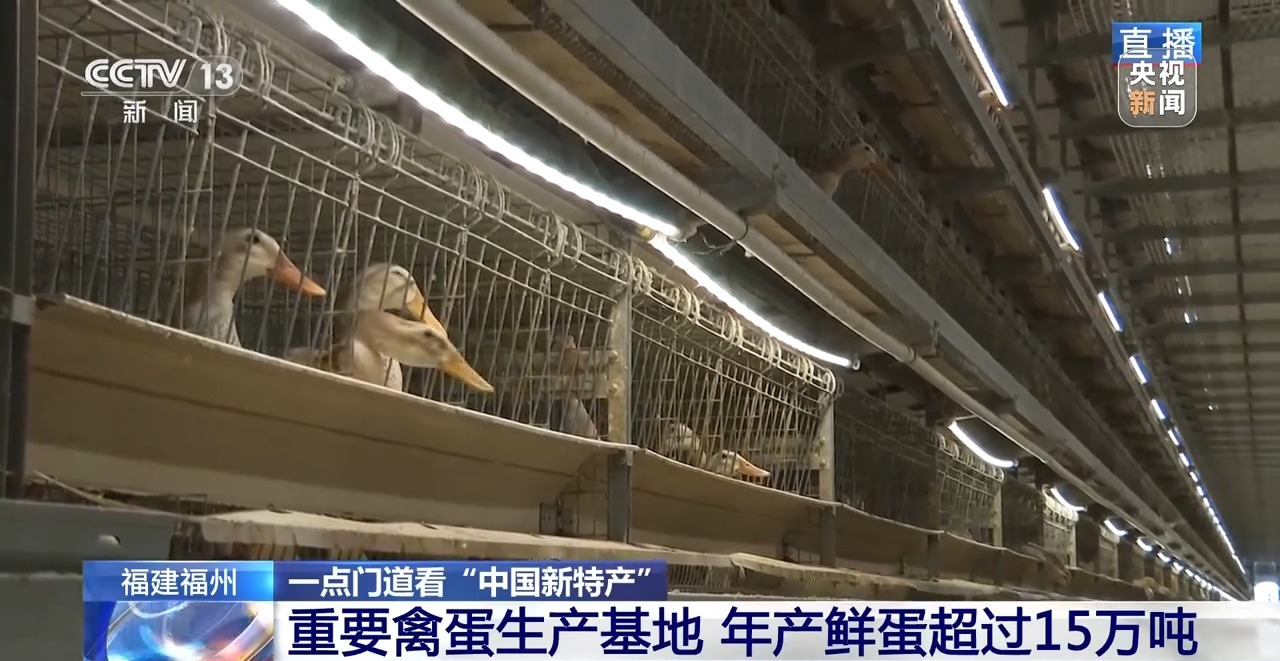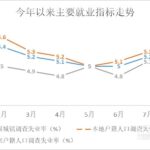Good eggs depend on healthy ducks and chickens. I am currently at the largest egg-duck farming base in the country. You might notice the duck house is dimly lit because strong light can cause stress in ducks, affecting their health and reducing egg production, which is why today’s coverage must take place in this low-light environment.
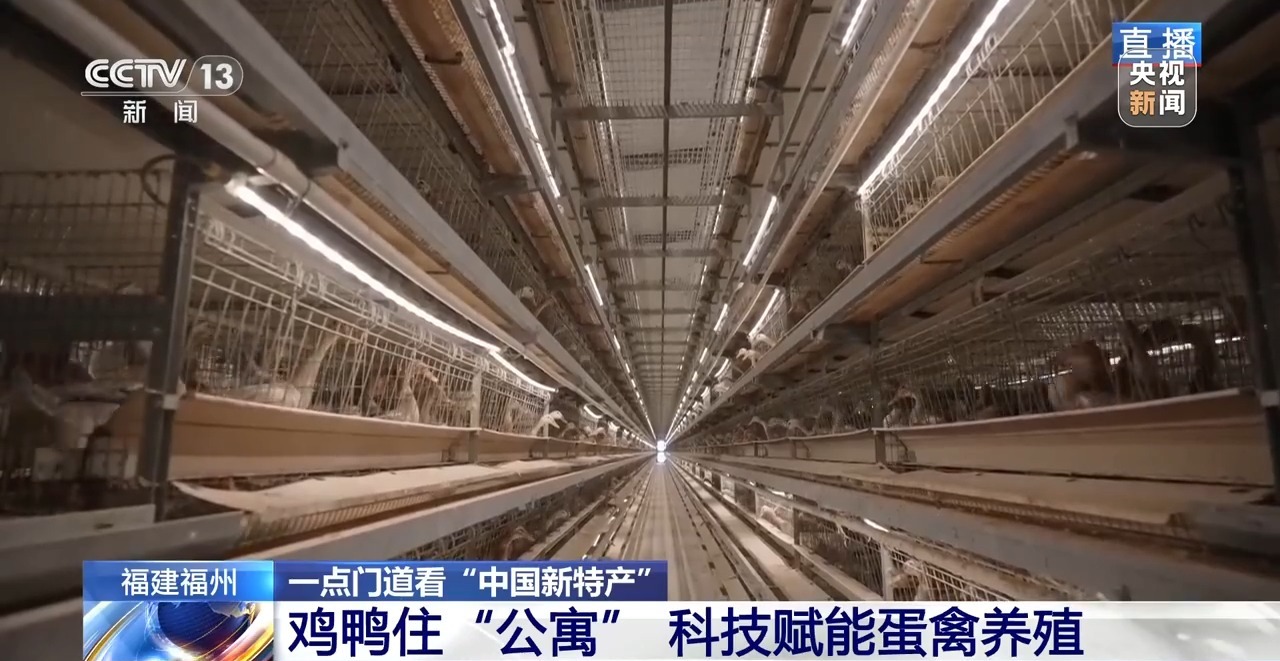
While traditional duck farming often involves raising ducks by riversides, this facility employs a locally pioneered modern farming model where egg ducks live in multi-story housing systems resembling buildings. This vertical duck house has eight levels, each with multiple “rooms,” capable of housing 50,000 egg ducks.
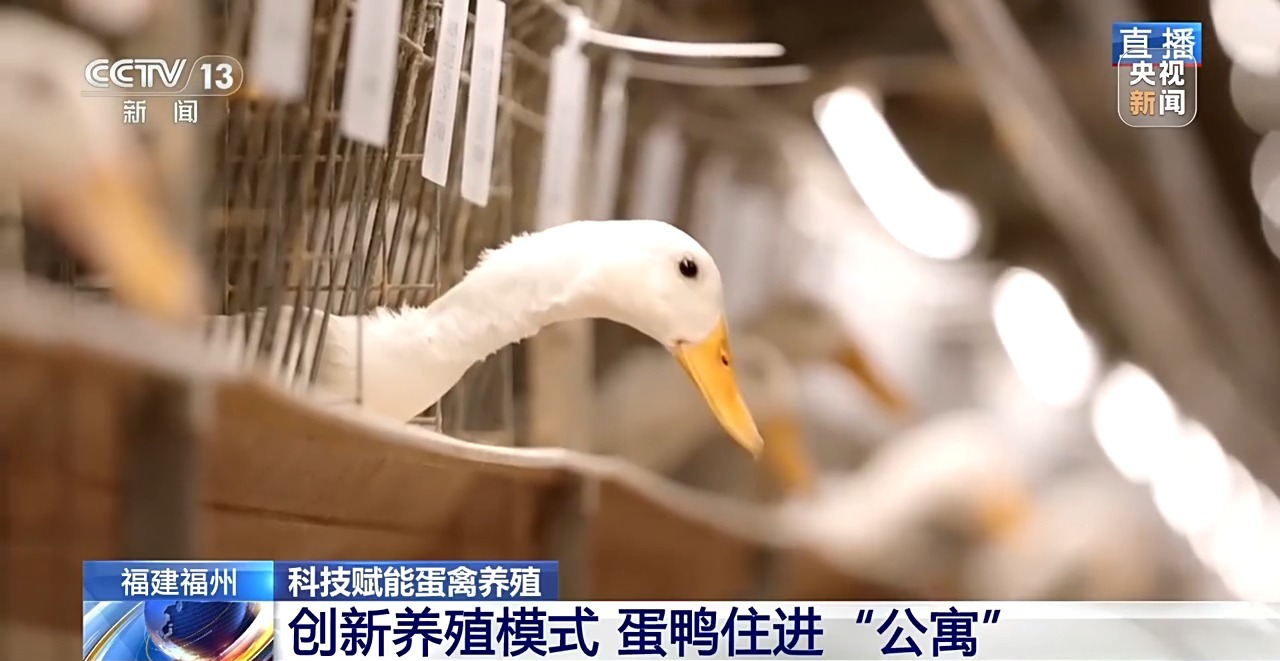
Staff explain that traditional duck farming relies on water, typically involving free-range farming on water surfaces. However, duck feces directly discharged into water can cause pollution. Additionally, free-range ducks may contact migratory birds, potentially contracting or carrying viruses that affect flock health. This “moving ducks indoors” approach solves both problems.
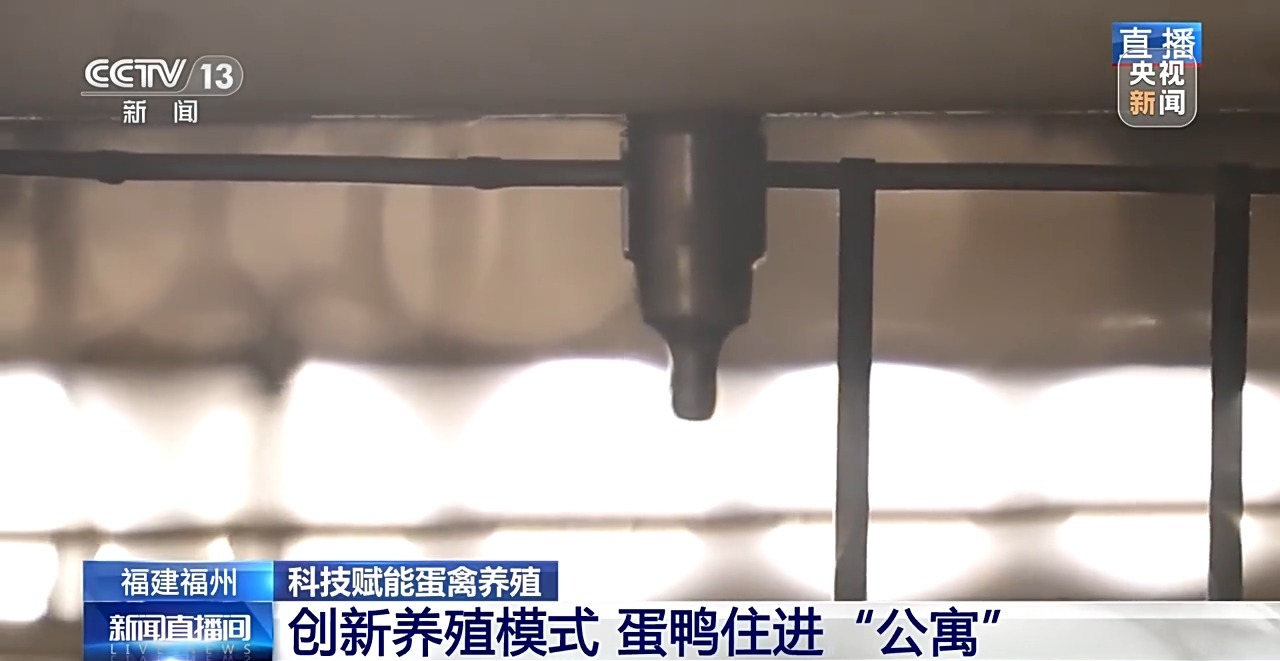
However, new challenges emerged as ducks require substantial water. How is this addressed in multi-story housing? Look here – each cage features nipple drinkers that provide water 24/7. To prevent contamination, conveyor belts beneath the equipment collect wastewater and feces, transporting them through pipes for treatment.
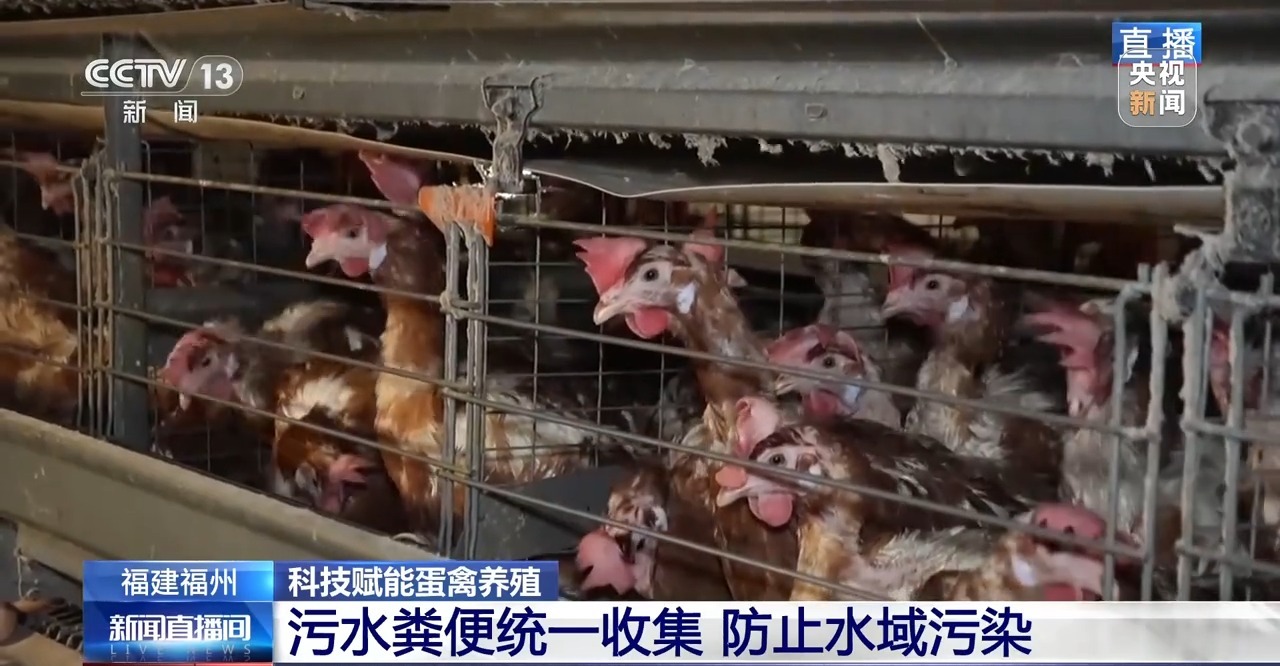
Not only do egg ducks live in apartment-style housing, but laying hens are also raised similarly. The most labor-intensive aspect of traditional poultry farming has been egg collection. Since each bird lays eggs at different times, delayed collection can lead to reduced freshness and breakage. Now, the bottom of these farming cages is designed with a slight incline.
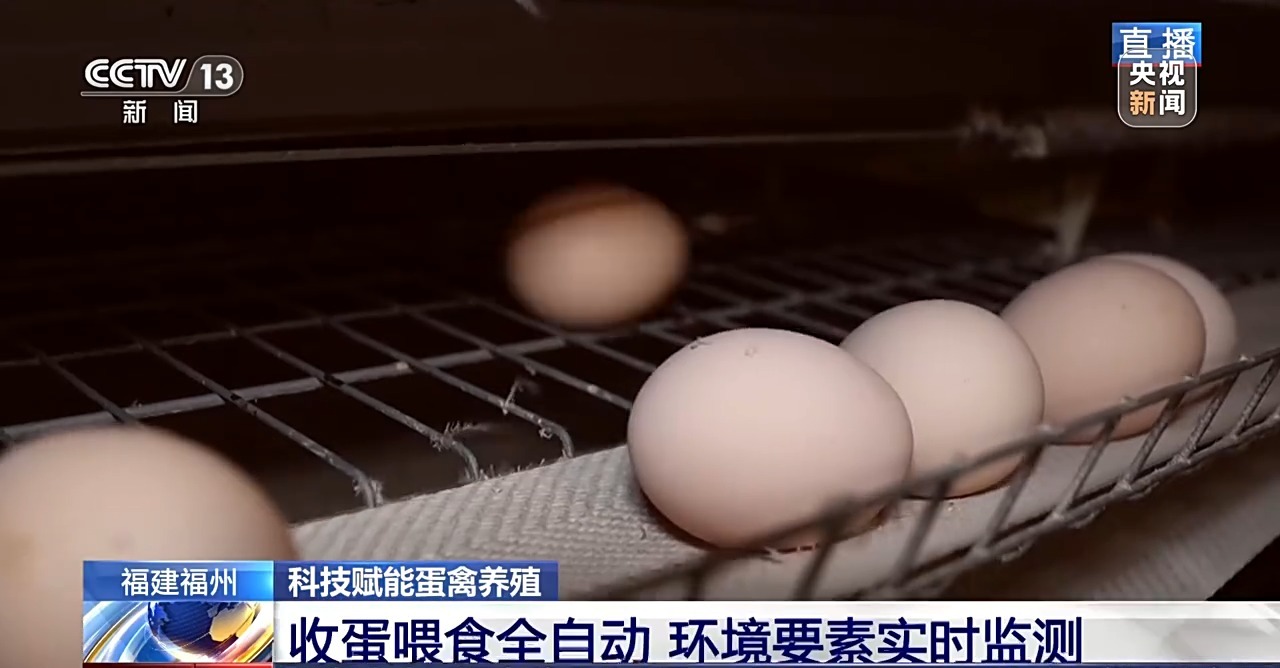
After hens and ducks lay eggs, the eggs automatically roll onto conveyor belts in front. Simply turning on a switch collects eggs from all cages uniformly. Additionally, this farming equipment enables automated feeding, meaning daily management of egg poultry has achieved full automation.
Beyond modern “apartments,” there are also automated “caretakers” – the egg poultry farming robot. Just one such “caretaker” can manage an entire housing unit. It not only patrols chicken and duck houses but also monitors environmental factors like temperature and wind speed.
The robot captures images where a chicken’s beak is marked with a blue box. Staff explain that chickens, like dogs, pant with open beaks when temperatures are high. The robot detects this behavior and issues alerts when too many chickens are panting, allowing staff to promptly assess whether indoor temperature adjustments are needed.
Through robots and sensors, data on each housing unit’s

